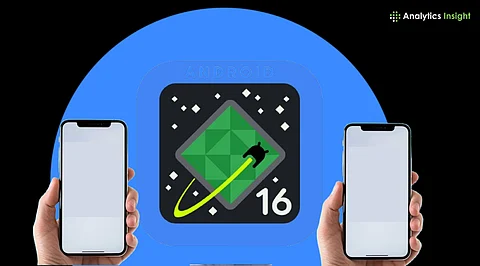

Not all devices will get Android 16—check compatibility before expecting it.
Some UI and control changes may frustrate long-time Android users.
Performance boosts may come at the cost of battery drain or app stability.
The launch of Android 16 is marked by considerable enthusiasm, with promises of enhanced security features, advanced artificial intelligence capabilities, and a streamlined design.
New operating systems often have drawbacks. Android 16 is no exception. Some issues may affect daily usage. Users familiar with previous Android versions might be particularly affected. Here are some potential drawbacks to consider before downloading and installing Android 16.
Among the main problems with Android 16 is its limited availability everywhere. Older than two to three years, devices could not receive any updates at all. Check twice; some manufacturers are missing the rollout entirely, even if you possess a mid-range smartphone that was just introduced. This exclusion makes Android 16 feel less accessible to a wide user base.
Android 16 offers enhanced gesture controls, rounder menus, and a polished UI including animated transitions. For some who like the clean, unchanging style of Android 13 or 14, fresh UI overhauls might appear superfluous or intrusive. These visual upgrades may also slow down older devices or confuse them.
Though they sound interesting, artificial intelligence tools include Smart Reply, predictive app actions, and auto-organized screens that eliminate human control. Some users claim the algorithm recommends layouts or programs that are invasive or out of line with personal tastes. This can make the phone feel less personal and more difficult to customise.
Although early Android 16 beta users have observed varying battery life, battery optimisation should get better. Some phones heat up quicker, and background app management might cause forceful shutdowns, impacting multitasking. This unpredictability can reduce reliability during heavy usage.
Applications developed for Android 14 or earlier may experience compatibility issues with Android 16. Specifically, specialized or infrequently updated apps are reportedly prone to crashes, graphical anomalies, or complete functionality loss. Consequently, users who depend on legacy applications may encounter significant disruptions to their workflow or daily activities.
Also read: Android 16's New Control Center: Features Coming to Xiaomi Phones
Although Android 16 enhances privacy with new permission limits and app tracking notifications, some users might find these limitations excessive. Some applications may lose capability until you go deeply into permissions, a learning curve not all users enjoy. This trade-off may frustrate those who prefer simplicity over control.
Long-time Android users may find a learning curve with revised navigation and new settings panels. Simple tasks like turning on Wi-Fi, seeing screen records, or adjusting display brightness could today need extra menu digging or taps. Such changes can interrupt productivity and daily ease of use.
Though on paper, Android 16 seems futuristic and feature-rich, it is not free from problems that would irritate regular users. Not every improvement, from UI redesign and compatibility limitations to battery inconsistency and artificial intelligence overload, is a success.
Before upgrading, consider whether potential drawbacks align with your needs. The best update isn't always the latest one, but rather the one that suits you best.
Also read: What’s New in Android 16: Top Features You Can’t Miss
